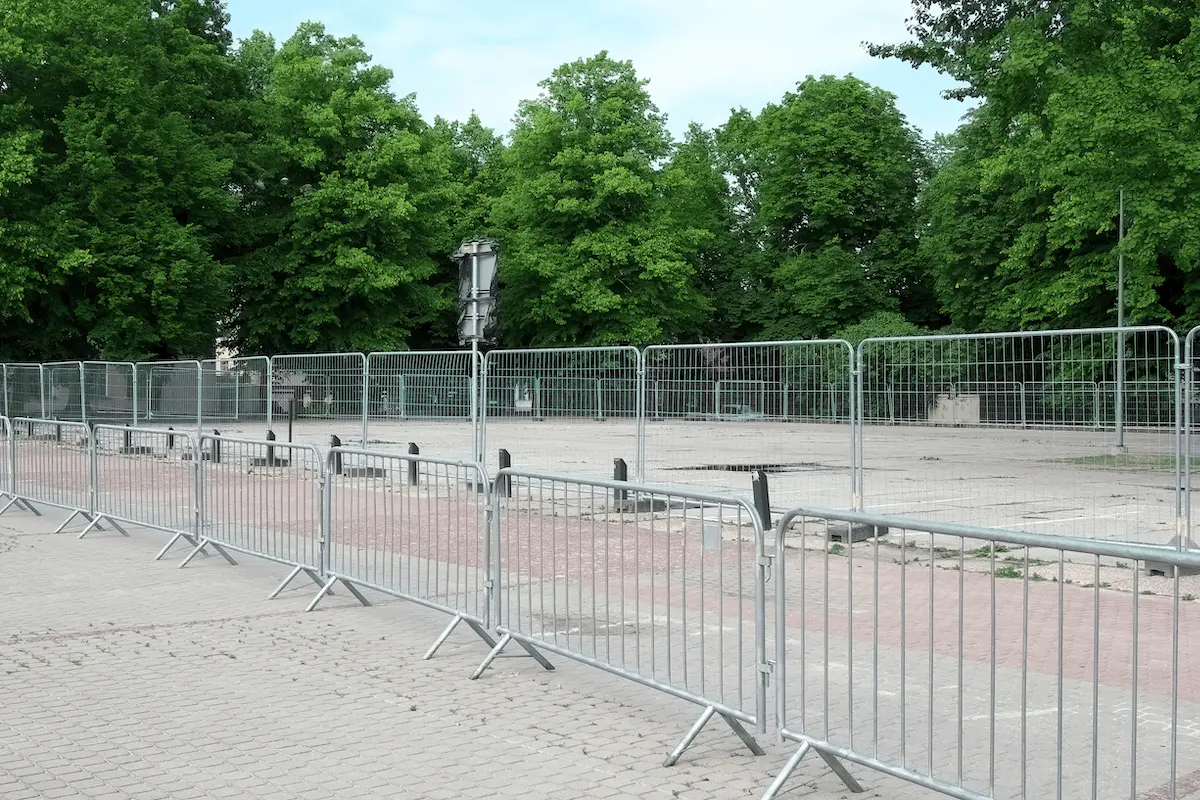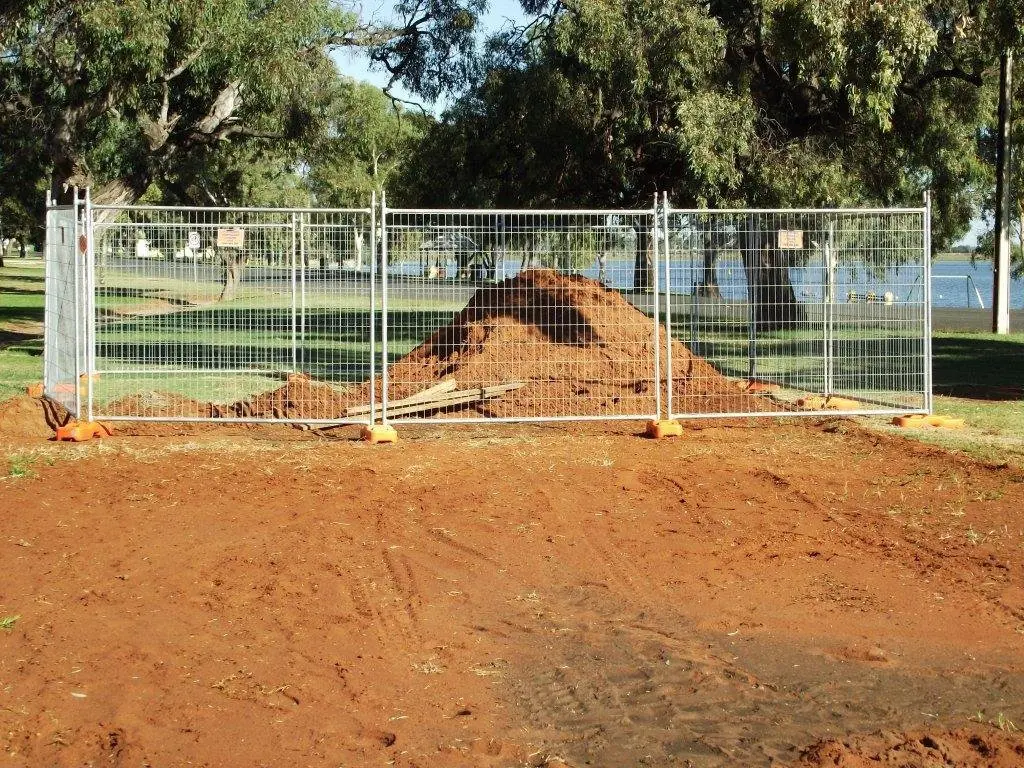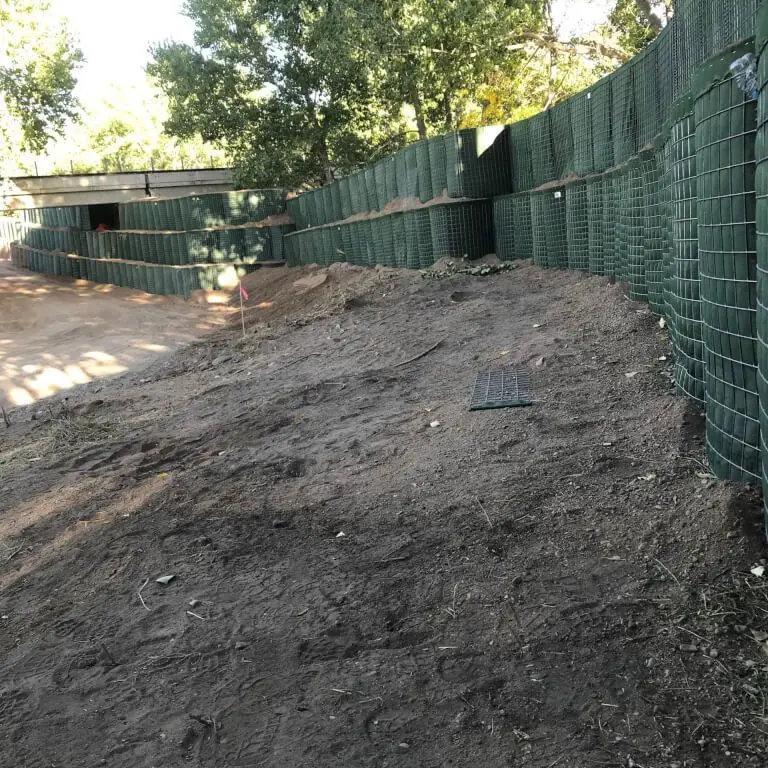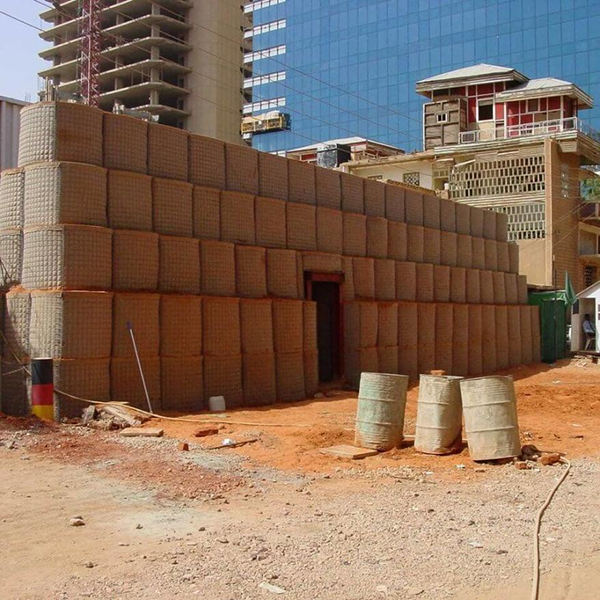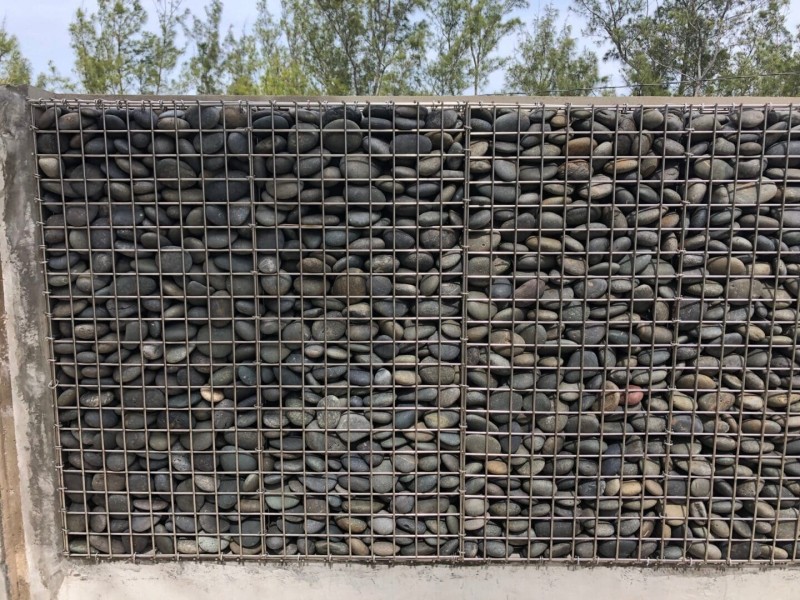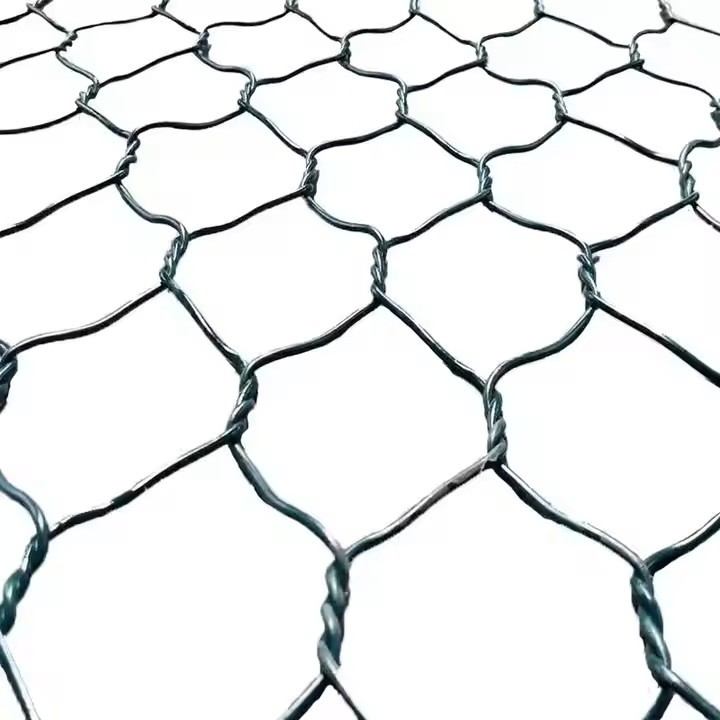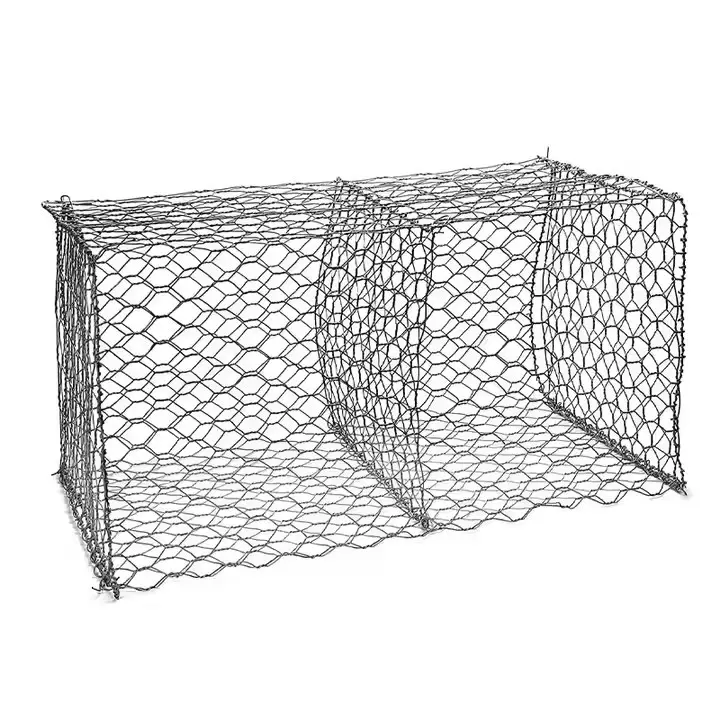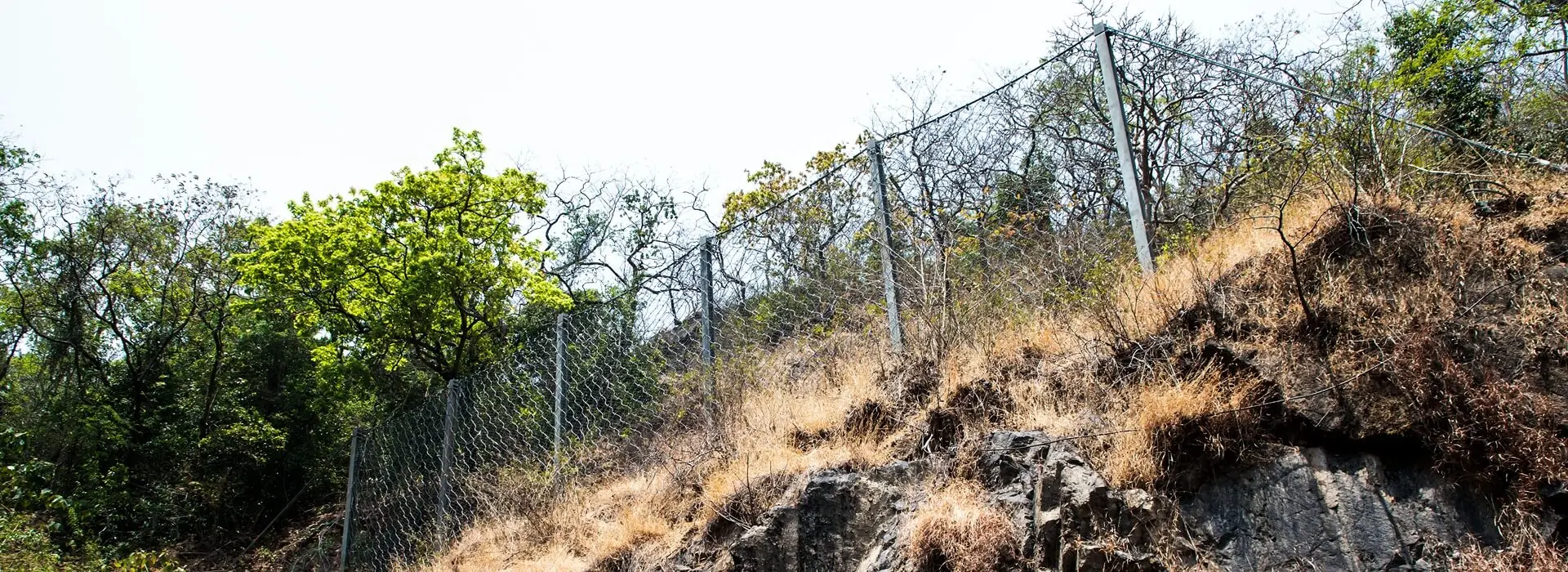Gabion Walls: A Versatile Engineering Structure
Gabion wallsare box-shaped metal baskets constructed from hexagonal Wire Mesh made of galvanized steel wire. These "boxes" are filled with solid rock fragments, which are then stacked layer by layer to form a gravity wall.
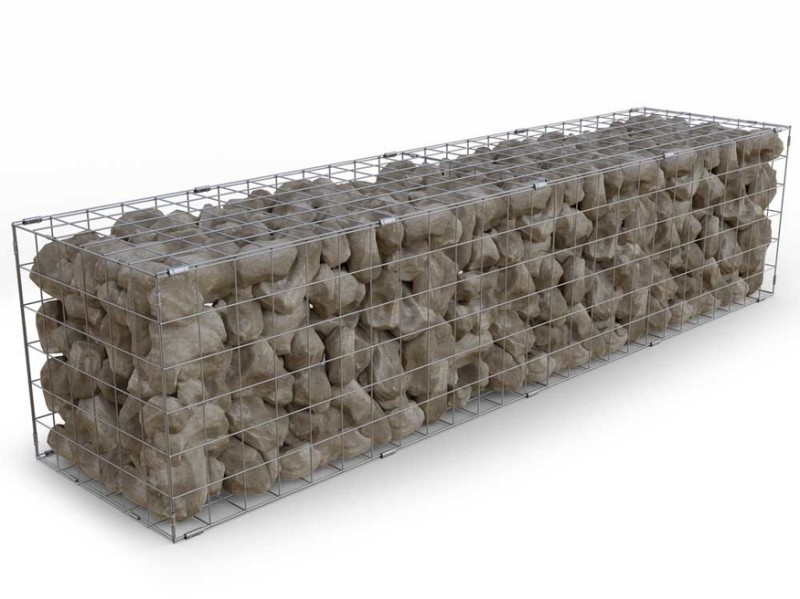
The stability principle of Gabion Walls lies in the fact that internally, they mainly rely on the close arrangement of rock fragments to maintain stability, while externally, they rely on their own weight to resist hydraulic and ground forces.
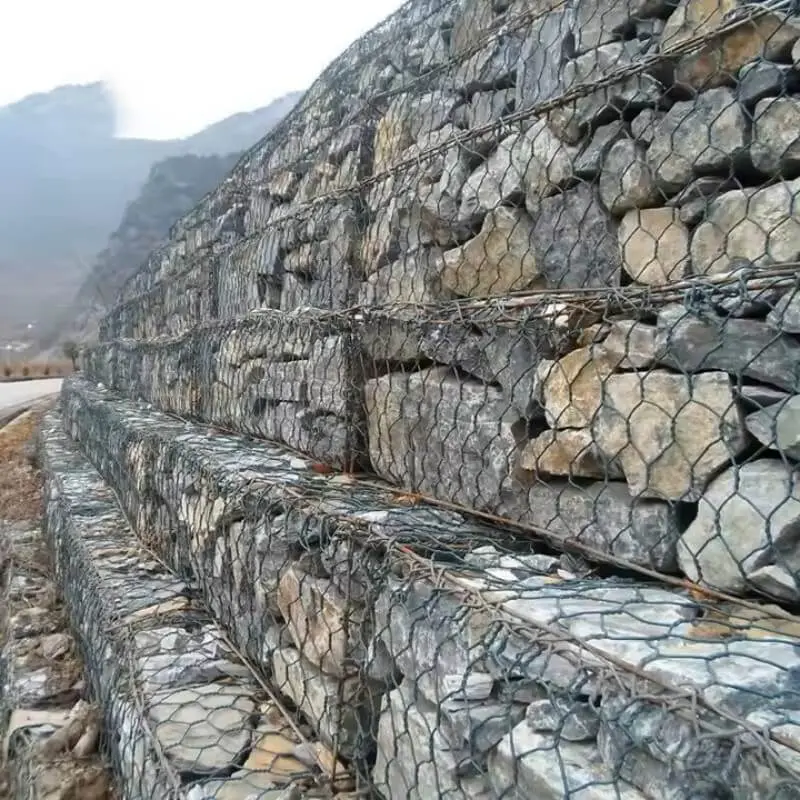
Diverse Applications of Gabion Walls
1.In Water Conservancy and Soil and Water Conservation: Gabion walls are mainly used to slow down the speed of runoff and screen the soil carried by the runoff at the same time. In areas with loose soil, seepage problems are likely to occur, and gabion walls can effectively alleviate such situations. In areas with soil and water problems, factors such as local land conditions, water flow velocity, water flow turbulence, and expected vegetation cover may lead to soil erosion under the designed flow conditions. Gabion walls can play an important role in such areas.
2.In Road Construction: During the road construction process, especially when building roads on slopes, gabion walls can play a crucial role in stabilizing the roads.
3.In Civil Engineering: In civil engineering, gabion walls are most commonly used to stabilize coastlines, slopes, and riverbanks to prevent soil erosion. In addition, they have many other applications in this field, such as being used as retaining walls, temporary flood control walls, sound barriers, for runoff silt filtration, river regulation, river lining, and the construction of temporary dams.
4.In Architectural Design: Over time, the uses of gabion walls have become increasingly diverse. Some architects have incorporated gabion walls into their architectural designs. It can not only highlight the design style of the building, endow the building with a solid texture, but also enhance the overall aesthetic appeal of the building.
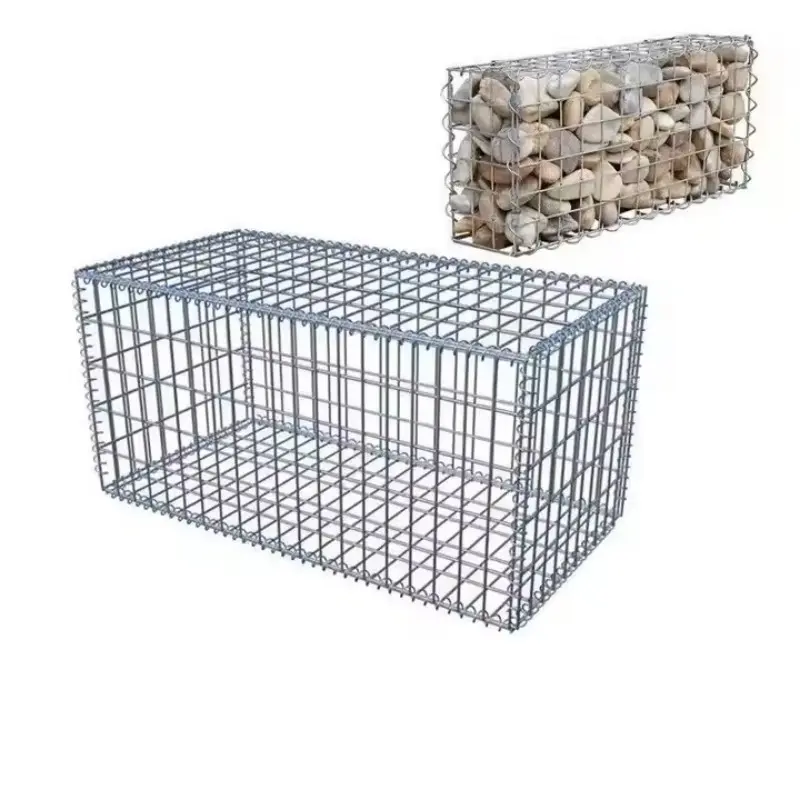
Rich Types of Gabions
In any project, the choice of which type of gabion to use mainly depends on cost considerations and functional requirements. Gabions can be mainly divided into the following four types:
1.Gabion Nets: Gabions are generally made of metal wire mesh in the shape of a box, and they come in various sizes. They are widely used in highway and railway projects. For many projects, gabions are an economical choice, especially when there are filling materials available on the project site, and their cost advantage is more obvious.
2.Gabion Mattresses: Gabion mattresses, also known as Reno mattresses, are lower in height compared to other types of gabions. They are mainly used for the lining of water channels to prevent the erosion of water bodies on the water channels. They effectively resist the damage caused by waves and erosion by reducing the water flow velocity.
3.Gabion Bags: This type of gabion is made of a porous and flexible structure, including a cylindrical metal wire mesh structure. Due to its fast construction speed, it is mainly used in water conservancy projects in emergency situations.
4.Gabion Nets: This type of gabion is used to protect the pavements of railways and highways from falling rocks and debris. It not only helps maintain the stability of the slopes along railways and highways but also forms a reinforced covering layer on loose pavements, thus playing a role in erosion prevention.
Multiple Applications of Gabion Walls
Gabion walls are often used as retaining structures, such as revetment walls, tower walls, retaining walls, and the construction of embankments and cuttings. They can also serve as sound barriers, temporary flood control walls, or, for aesthetic purposes, as landscape elements and building finishes. In projects such as riverbank protection, seawalls, dams, canal banks, groynes, and weirs, gabion walls can be used to prevent erosion and protect the areas around lakeshores and reservoirs. Gabion walls can also be used to divert the impact force of floods away from weak structures or for the construction of dams and foundations. Finally, in channel projects, such as stepped gabion structures, gabion walls can be used to enhance the energy dissipation in the channels.
Whatsapp:+8618180800806
Wechat:+86-18180800806
Mobile:+86-18180800806
Email:lanfan@giwiremesh.com

